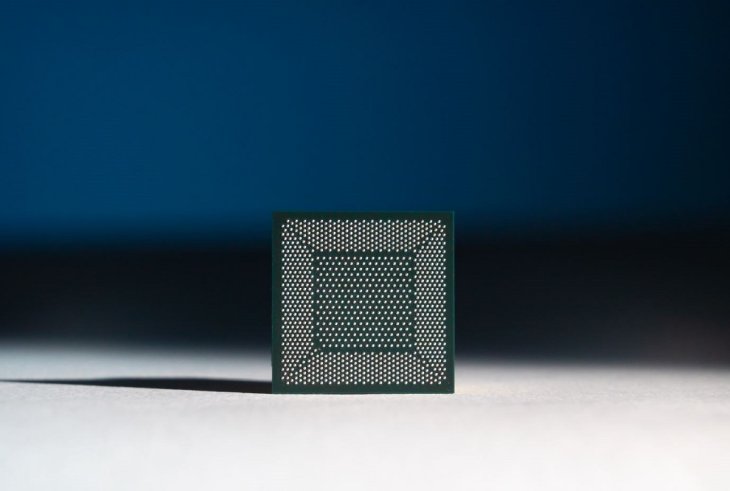This Intel Chip Helps Electronic Noses Detect Weapons, Explosives, And Other Hazardous Chemicals
Dhir Acharya - Mar 18, 2020

Teaching AI to smell is extremely difficult, but Intel has managed to train its Loihi chip to identify the scents of 10 hazardous chemicals.
- AI Intimidation Tactics: CEOs Turn Flawed Technology Into Employee Fear Machine
- David vs. Goliath 2.0: How DeepL's NVIDIA SuperPOD Makes Google Translate Look Like Dial-Up Internet
- The Great AI Suitcase Caper: How China Pulled Off Tech's Most Audacious Smuggling Operation
Among all the senses, it’s extremely to teach scent to Artificial Intelligence, but the more challenging the better. In the most recent news, researchers at Cornell University and Intel trained a neuromorphic chip so it can learn as well as recognize the scents of ten hazardous chemicals. In the future, this technology will help robots or electric nosed in detecting explosives, weapons, narcotics, and diseases.

In this research, the team used Intel’s neurophormic chip called Loihi to design an algorithm based on the olfactory circuit of the human brain. When the human smell something, molecules will stimulate the olfactory cells in their nose, which then sends signals to the olfactory system in the brain. Then the brain will fire off electrical pulses. The researchers managed to mimick that circuitry in the chip’s silicon circuits.
Intel said that Loihi can identify 10 smells such as methane, ammonia, acetone, even if there’re are strong smells around. Notably, the chip only learned a single sample of each odor. The researchers stressed that this is really impressive as other deep learning techniques may need up to 3,000 times as many training samples to be able to identify scents that accurately.
As stated by senior research scientist Nabil Imam at the neuromorphic computing group of Intel Lab, this research is an important instance of contemporary research existing at the crossroads of AI and neuroscience.

However, this is definitely not the only research group working on training AI to identify scents. At the same time, the Google Brain Team is also in work with perfumers to figure out the link between scent molecules and perceived smells. Meanwhile, Russian researchers are using artificial intelligence to sniff out fatal gas mixtures. Researchers have also attempted to recreate an extinct flower’s smell using machine learning.
According to Imam, by understanding how the neural circuits in the human brain solve such complex computational problems, we will be able to come up with prominent clues for robust and designing efficient machine learning, which essentially means this will change the way we design AI.
>>> IBM Is Developing An AI Suitcase Robot To Guide The Visually Impaired
Featured Stories

Features - Jul 01, 2025
What Are The Fastest Passenger Vehicles Ever Created?

Features - Jun 25, 2025
Japan Hydrogen Breakthrough: Scientists Crack the Clean Energy Code with...

ICT News - Jun 25, 2025
AI Intimidation Tactics: CEOs Turn Flawed Technology Into Employee Fear Machine

Review - Jun 25, 2025
Windows 11 Problems: Is Microsoft's "Best" OS Actually Getting Worse?

Features - Jun 22, 2025
Telegram Founder Pavel Durov Plans to Split $14 Billion Fortune Among 106 Children

ICT News - Jun 22, 2025
Neuralink Telepathy Chip Enables Quadriplegic Rob Greiner to Control Games with...

Features - Jun 21, 2025
This Over $100 Bottle Has Nothing But Fresh Air Inside

Features - Jun 18, 2025
Best Mobile VPN Apps for Gaming 2025: Complete Guide

Features - Jun 18, 2025
A Math Formula Tells Us How Long Everything Will Live

Features - Jun 16, 2025
Comments
Sort by Newest | Popular